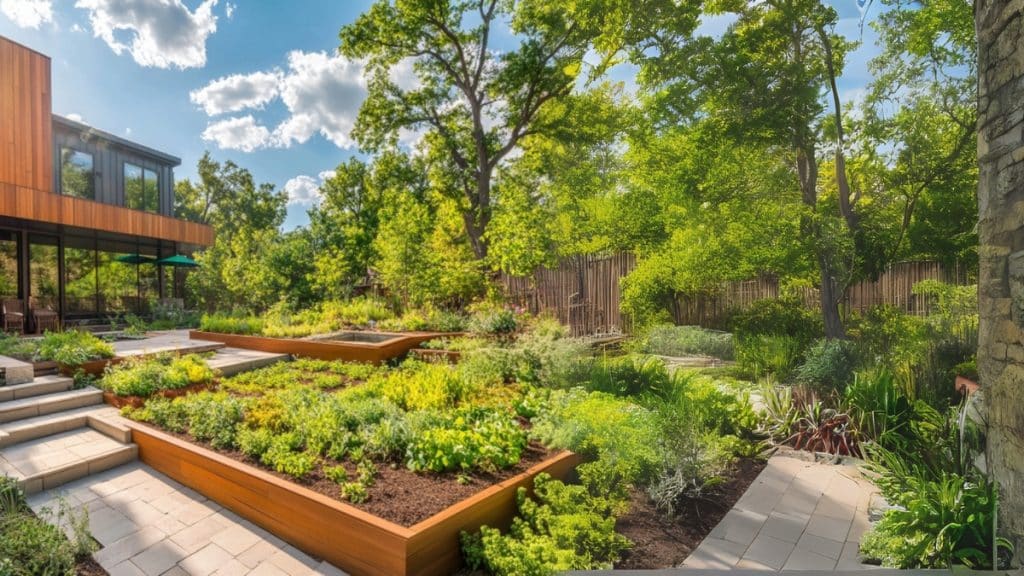In an era of environmental consciousness, the role of a professional environmental landscape designer and architect has never been more crucial. Forward-thinking property developers increasingly seek out an experienced sustainable landscape designer and consultant to create spaces that not only look beautiful but actively contribute to environmental preservation.
Technology Meets Nature
Modern landscape design has evolved into a sophisticated blend of environmental science and artistic vision. Today’s designers utilize advanced software to model water flow, analyze soil conditions, and predict plant growth patterns in ways that weren’t possible just a decade ago.
Climate-Resilient Design Innovation
Contemporary landscape architecture focuses heavily on creating spaces that withstand changing climate conditions. Through careful plant selection and strategic design elements, these outdoor environments adapt to extreme weather while maintaining their aesthetic appeal and functionality.
Smart Water Management
Today’s landscape design incorporates sophisticated irrigation systems that respond to real-time weather data. These smart systems optimize water usage through precision delivery methods, ensuring plants thrive while conserving this precious resource. Rainwater harvesting and gray water systems further enhance sustainability efforts.
Native Species Integration
Modern designers leverage local ecosystems to create sustainable environments. By selecting indigenous plants, they develop landscapes that naturally resist pests, require minimal maintenance, and support local wildlife populations. This approach creates beautiful spaces that actively contribute to biodiversity.
Sustainable Material Selection
Environmental responsibility extends to material choices in modern landscape design. Recycled materials, permeable surfaces, and locally sourced elements reduce environmental impact while creating unique aesthetic features. These choices demonstrate how sustainability and style can coexist seamlessly.
Carbon Capture Gardens
Innovative designers now create spaces specifically engineered to maximize carbon sequestration. Through strategic plant selection and soil management techniques, these gardens actively combat climate change while providing beautiful outdoor environments for people to enjoy.
Urban Heat Island Mitigation
Professional landscape design plays a crucial role in reducing urban temperatures. Through strategic tree placement and green roof implementation, designers help cities combat the heat island effect while creating enjoyable outdoor spaces for residents.
Biodiversity Enhancement
Modern landscape design prioritizes creating wildlife corridors and habitat spaces. Even in urban environments, thoughtful design can support local ecosystems and provide essential connections for wildlife movement, contributing to broader conservation efforts.
Community Integration
Today’s landscape designers consider social impact alongside environmental benefits. Creating communal spaces that encourage outdoor gathering while incorporating sustainable features helps build environmental awareness and community engagement.
Future-Forward Planning
Professional landscape design now includes long-term environmental planning. Designs account for future climate scenarios, ensuring spaces remain sustainable and functional as environmental conditions change over time. This forward-thinking approach protects investment while supporting environmental goals.
